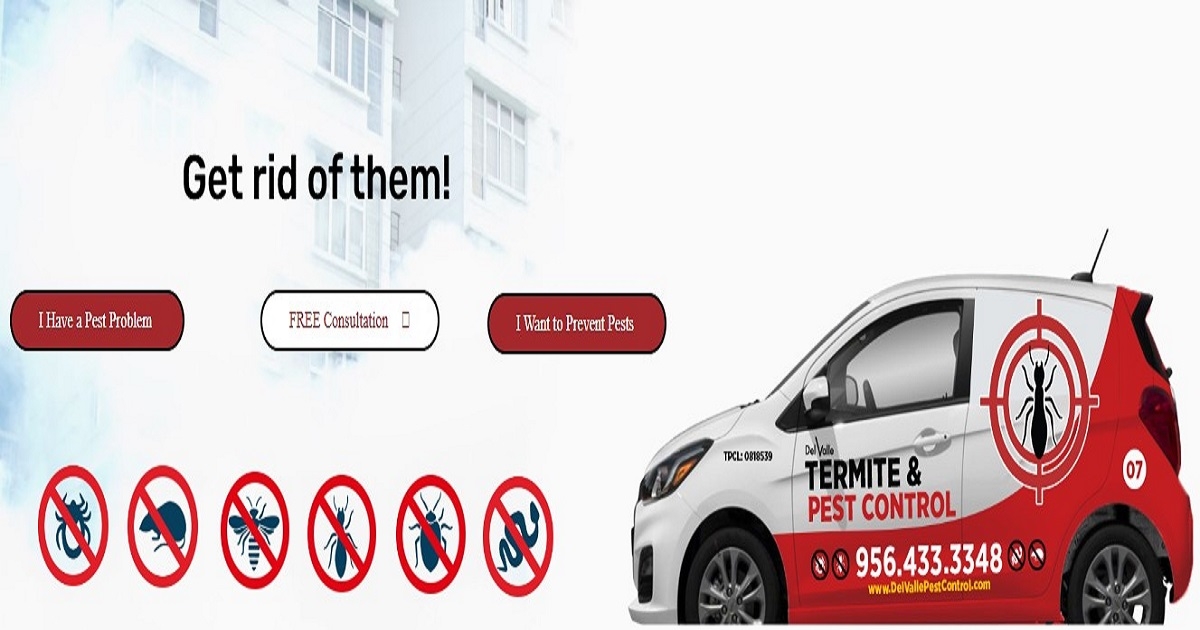Flying Ants vs Flying Termites: How to Tell the Difference and Protect Your Home

When winged insects start swarming around your home, it's natural to feel concerned. After all, no one wants an infestation—especially one that could lead to structural damage. But before you panic, it’s essential to determine whether you're dealing with flying ants vs flying termites. While they may look similar to the untrained eye, knowing the difference can save you time, money, and stress.
In this article, we’ll break down the key differences between flying ants and flying termites, why they appear, and what to do if you spot them near or inside your home.
What Are Flying Ants and Flying Termites?
Both flying ants and flying termites are the reproductive members of their colonies. When you see them flying, it's typically part of a swarming event—a natural part of their life cycle when they leave their nests to find mates and start new colonies. Unfortunately, these swarms often take place around homes, especially during warm, humid months.
Despite their similar appearance, flying ants and termites belong to entirely different insect groups and pose different risks to your home.
Key Differences Between Flying Ants and Flying Termites
Here’s how to quickly spot the differences between the two:
1. Body Shape
-
Flying Ants: Have a narrow, pinched waist. Their bodies are clearly segmented—head, thorax, and abdomen.
-
Flying Termites: Have a broad, straight body without a visible waist. Their body appears more uniform in width.
2. Wings
-
Flying Ants: Have two sets of wings—one larger pair in the front and a smaller pair in the back. Their wings are more transparent and often rest at an angle.
-
Flying Termites: Also have two sets of wings, but both pairs are the same size and shape. Their wings are longer than their body and often fall off easily.
3. Antennae
-
Flying Ants: Elbowed or bent antennae.
-
Flying Termites: Straight, beaded antennae.
These visual clues are often enough to help you identify the insect and determine the next steps.
Why Identification Matters
Mistaking flying ants for termites—or vice versa—can have costly consequences.
-
Flying Ants: While annoying, flying ants usually don’t pose a serious threat. Some species, like carpenter ants, can cause damage to wood structures, but they work much slower and are easier to control than termites.
-
Flying Termites: These are a major red flag. If you see flying termites near your home, there's a high chance a termite colony is nearby—or worse, already inside your walls. Termites cause billions of dollars in structural damage each year, often going unnoticed until it’s too late.
Correctly identifying the pest is the first step in protecting your property.
What to Do If You See Swarming Insects
Whether you're dealing with flying ants or flying termites, a swarm near your home should not be ignored. Here’s what to do:
-
Collect a Few Specimens: Use a small jar or container to capture a few for identification.
-
Take Photos: If you’re uncomfortable collecting them, take clear close-up photos to show a pest control expert.
-
Check for Damage: Look for signs of infestation such as hollow wood, droppings, mud tubes (in the case of termites), or sawdust-like material (from carpenter ants).
-
Call a Pest Control Professional: A licensed pest control company can help identify the insect, assess the extent of the issue, and recommend a treatment plan.
Prevention Tips for Both Ants and Termites
While flying insects might be seasonal, prevention should be year-round. Here are some general tips:
-
Keep your home dry: Both ants and termites are attracted to moisture. Repair leaky faucets, roofs, and pipes.
-
Seal cracks and crevices: Block all potential entry points.
-
Store firewood away from your home: Wood piles are a favorite nesting spot.
-
Schedule regular inspections: Especially if you live in an area prone to termite activity.
Final Thoughts
The next time you see winged insects near your home, don’t ignore them—observe them. Knowing the difference between flying ants vs flying termites can save your home from serious damage. While flying ants may be a minor nuisance, flying termites are a red alert that requires immediate action.
- Questions and Answers
- Opinion
- Motivational and Inspiring Story
- Technology
- Live and Let live
- Focus
- Geopolitics
- Military-Arms/Equipment
- Security
- Economy
- Beasts of Nations
- Machine Tools-The “Mother Industry”
- Art
- Causes
- Crafts
- Dance
- Drinks
- Film/Movie
- Fitness
- Food
- Games
- Gardening
- Health
- Home
- Literature
- Music
- Networking
- Other
- Party
- Religion
- Shopping
- Sports
- Theater
- Health and Wellness
- News
- Culture

